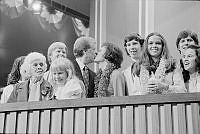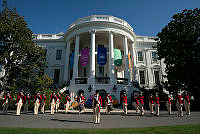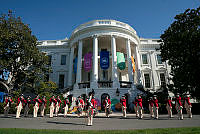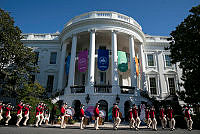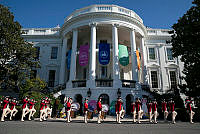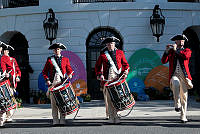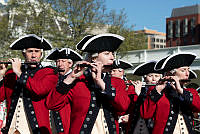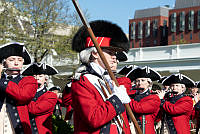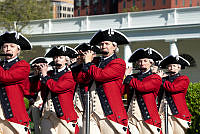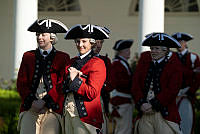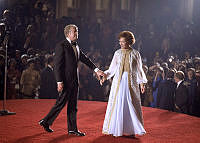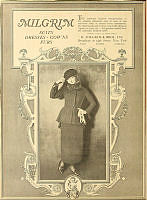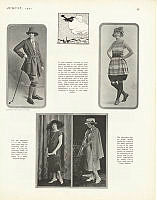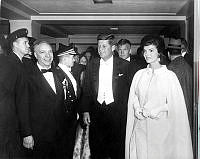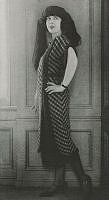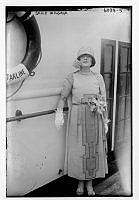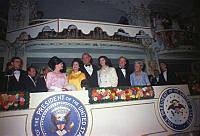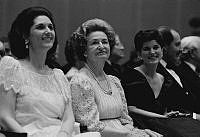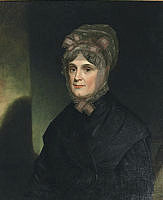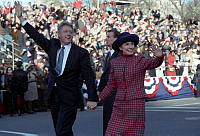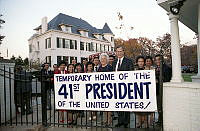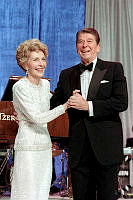Presidential Inaugurations: A Court of Honor
Copyright © White House Historical Association. All rights reserved under international copyright conventions. No part of this article may be reproduced or utilized in any form or by any means, electronic or mechanical, including photocopying, recording, or by any information storage and retrieval system, without permission in writing from the publisher. Requests for reprint permissions should be addressed to books@whha.org
Gallery
-

President Woodrow Wilson’s reviewing stand in 1913 was inspired by his boyhood home in Staunton, Virginia.
Library of Congress -

The Washington press mocked the small reviewing stand of President Calvin Coolidge and the brief one-hour parade in 1925.
Library of Congress -

In 1929, Herbert Hoover’s striped reviewing stand gave the occasion a festive feeling.
Library of Congress -

A peanut-shaped float passes by the reviewing stand for the inauguration parade of President Jimmy Carter on January 20, 1977, in Washington D.C.
Library of Congress -

Presidential reviewing stand at the Inaugural Parade for President George H.W. Bush on January 20, 1989, in Washington, D.C.
Library of Congress
A reviewing stand is usually constructed for the use of the president during the inaugural parade, the necessity arising as inaugural parades got longer — sometimes lasting for more than five hours. The design of these stands has varied greatly over time, with some being little more than platforms, while others were ornate two-story edifices.
In the past, additional grandstands were constructed on either side of Pennsylvania Avenue for other paying spectators. Decorated areas — usually the White House, reviewing grandstands, and nearby buildings — came to be known as the Court of Honor. Images of stands reveal them to be fanciful, flamboyant constructions, bedecked with flags, swaddled in bunting, and decorated with flowers. Presidents sometimes had ideas about how the reviewing stands should look.
During his 1905 Inauguration, Theodore Roosevelt borrowed statues of notable Americans that had been exhibited at the 1904 Louisiana Purchase Exposition. Woodrow Wilson’s 1913 stand was modeled after his boyhood home in Staunton, Virginia. Today the reviewing stands are equipped with bulletproof glass, heaters, seats, and refreshments. The newly inaugurated president’s family, friends and invited dignitaries can watch the long parade in a comfortable atmosphere.













